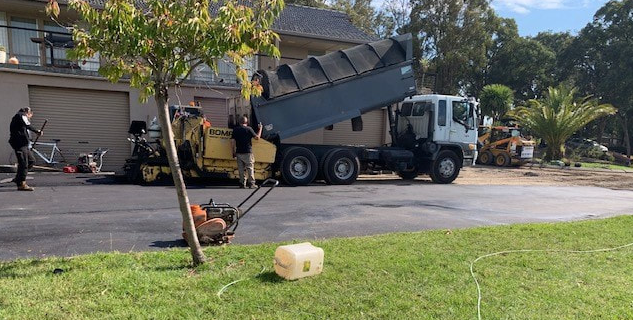When it comes to extending the life of asphalt surfaces, sealing plays an important role. But what happens when cracks have already formed? Can you still apply a seal? And if so, what does that process look like?
At Barmera Road Tech SA in Barmera, SA, we often assist property owners and asset managers in assessing whether their cracked asphalt can be sealed effectively. Here’s what you need to know if you’re dealing with a compromised surface.
Understanding the Nature of the Cracks
Not all cracks are created equal. The type, depth, and cause of the cracking will determine the best way forward. Common types include:
- Hairline cracks – very fine surface cracks that may still allow successful sealing
- Alligator cracks – interconnected cracks resembling reptile skin, often a sign of structural failure
- Linear cracks – long, straight cracks that can run along joints or edges
- Edge cracks – typically found near the boundaries of the pavement
Before sealing, it’s critical to understand what caused the cracking. Moisture infiltration, UV damage, traffic stress, and sub-base issues can all play a role.
Can You Seal Cracked Asphalt?
Yes—but with proper preparation. Simply applying a sealcoat over cracked asphalt will not fix the problem. In fact, it could trap moisture and worsen the damage.
To achieve lasting results, the cracks must be treated before sealing. This ensures that the sealant adheres properly and the surface is protected.
Steps to Seal Cracked Asphalt Effectively
Inspect and Clean the Surface
Before any work begins, thoroughly inspect the pavement to:
- Identify the severity and spread of cracks
- Remove debris, vegetation, and dirt from the cracks
- Ensure the surface is dry and free from oils or contaminants
Cracks should be cleaned using compressed air or wire brushes to ensure full penetration of filler material.
Fill or Repair the Cracks
Depending on the size of the cracks, one of the following methods may be used:
- Crack sealing: Uses a rubberised hot or cold pour material to fill cracks
- Crack filling: A more temporary option for smaller, non-working cracks
- Patching or resurfacing: Required for more advanced deterioration such as alligator cracking
Filling is a key step to prevent water from penetrating deeper into the pavement and causing further damage.
Apply Sealcoat After Crack Repair
Once cracks are repaired and allowed to cure (if needed), a high-quality sealcoat can be applied to the entire surface. The sealant:
- Restores a uniform appearance
- Provides UV and water resistance
- Helps prevent new cracks from forming
- Slows down oxidation and wear
For best results, sealing should be done during dry, mild weather with no rain forecasted for at least 24 hours.
When Sealing May Not Be Enough
In some cases, sealing cracked asphalt may not be the right solution—especially if the cracks are wide, deep, or symptomatic of sub-base failure. In those instances, full-depth patching or resurfacing may be necessary before sealing can be considered.
Preventative Measures After Sealing
Once the cracked and sealed asphalt is restored, maintenance becomes key to preserving the work:
- Monitor for new cracking
- Reapply sealcoat every 2–4 years depending on usage
- Ensure drainage systems are functioning to avoid water infiltration
- Avoid heavy vehicle loads on weakened areas
Conclusion
Sealing asphalt that’s already cracked is possible—but only if the correct preparation and repair steps are taken. Ignoring the underlying cause or simply covering up the damage will not result in a long-term fix.
At Barmera Road Tech SA in Barmera, SA, we provide expert asphalt maintenance that includes crack repairs, sealcoating, and surface evaluations. If your driveway or roadway is showing signs of wear, addressing it now can prevent much more expensive repairs down the track.
Call us on: 08 5122 4154
Click here to find out more about Barmera Road Tech SA
Click here to complete our contact form and see how we can help with your roofing needs.

